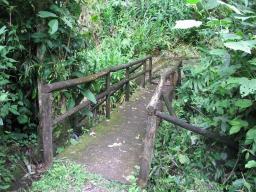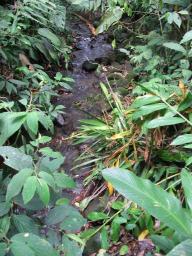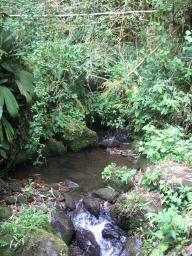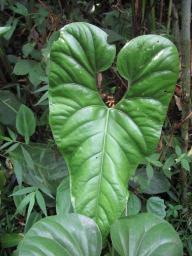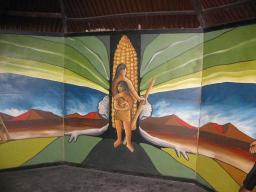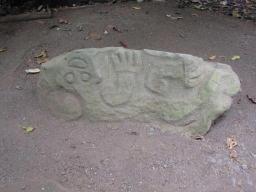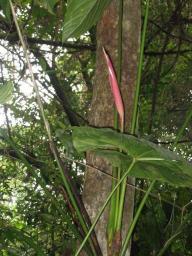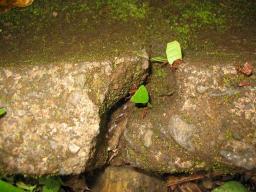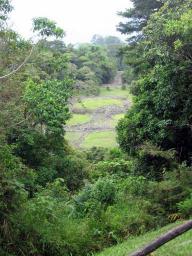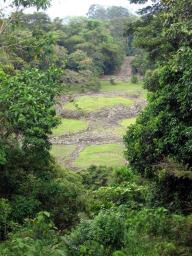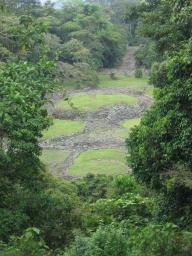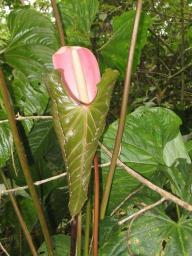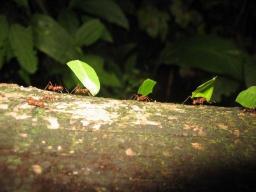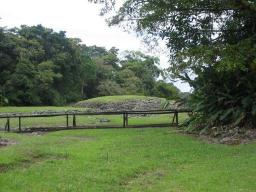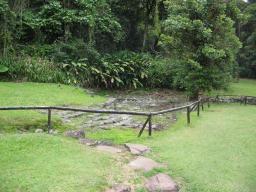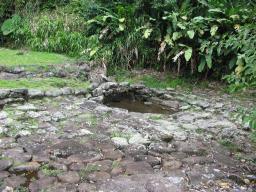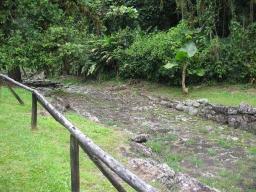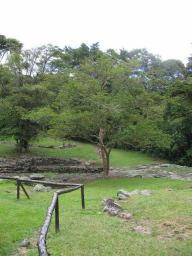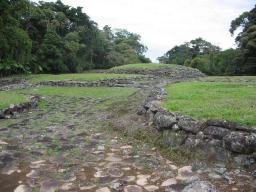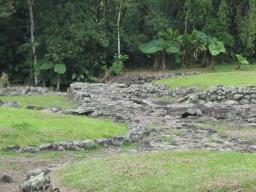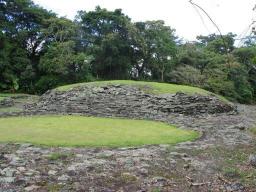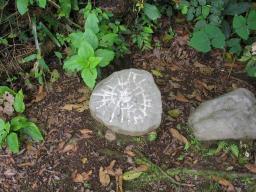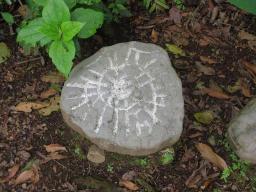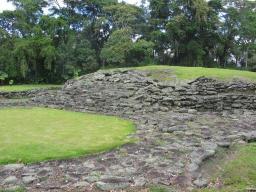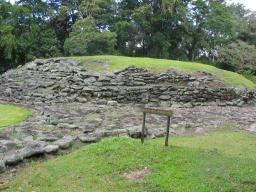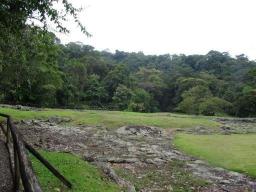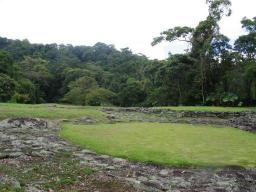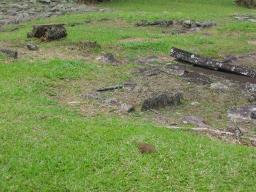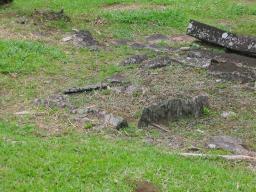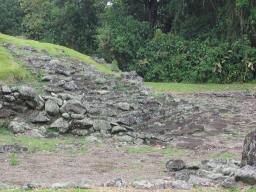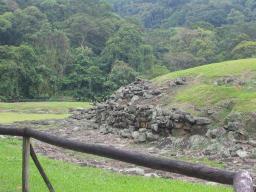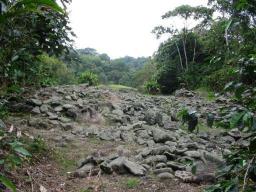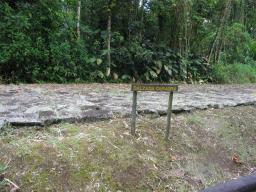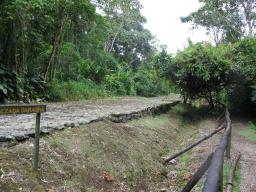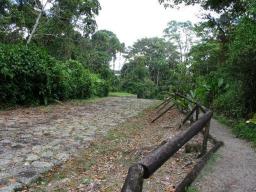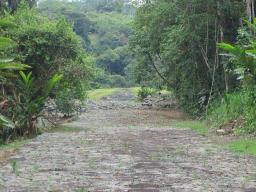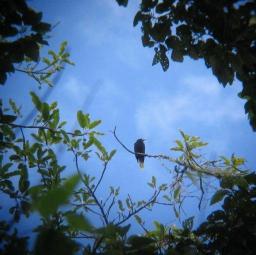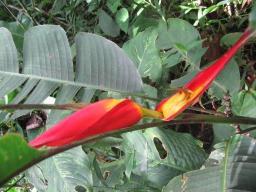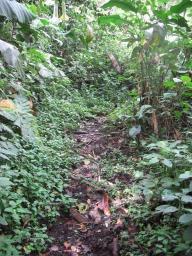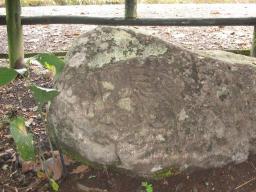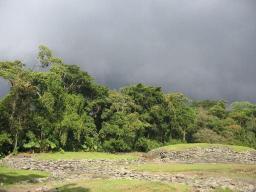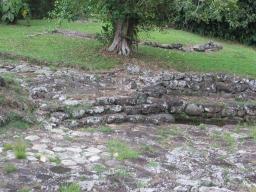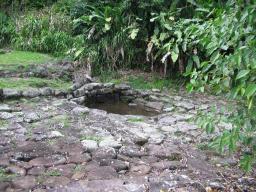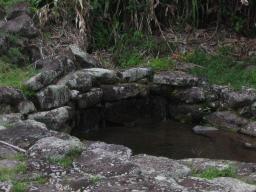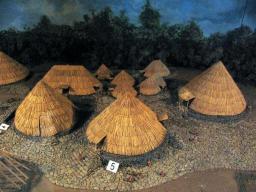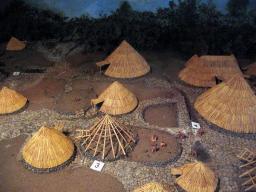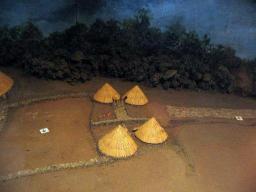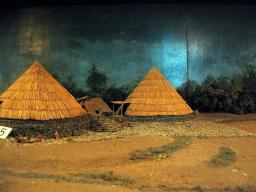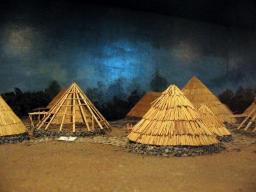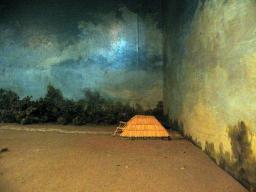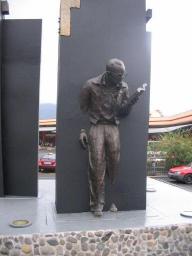Searching for
National Monument Guayabo
|
|
 |
National Monument Guayabo
Oldest archiological site in Costa Rica.
 - (92) - (92)
2008-03-25 - rec# 74
|
|
| I've heard a lot from people that have been in Costa Rica several years about the "good old days". Before bars and gates, before locks on the doors, when live was good... Well, I found that place.
The National Monument Guayabo is just outside the city of Guayabo, a spattering of houses surrounded by small fincas. Many of the houses didn't even have doors. As we rambled along the dirt road the bus picked up people along the way who just hung on for a few blocks and then got of at the shop, or at their home, or just down the road a piece. I had an image of Costa Rica before I came down here, until now I had never found it. Families walking together, waves and smiles from everyone. On the bus there was a little girl behind me that was just thrilled at everything she saw. We left Turialba crossing a one lane bridge. As we approached the bridge she sat there changing "puente, puente, puente, puente!" with great glee. She had to point out all the horses along the road and was really excited when we went past a wash out. Such enthusiasm! She and her mom got off in the middle of nowhere and walked down a dirt path to a small house back in the jungle. I felt like I was moving back in time...
By the time the bus got to the Monument I was the only person left. I asked the bus driver when he would be returning and he said around 4:15, maybe later, best be here by a little after 4. I got off the bus and payed the $6 park fee. I was there for over 4 hours and shared the entire park with two other people, walking the trails of the park, taking pictures, listening to the birds. I'm not a great expert on birds, but I sure heard a lot of songs I had never heard before.
The Monument is the oldest archaeological site in Costa Rica. Now Costa Rica occupies an interesting niche in Central America. The Mayas were to the north, the Incas to the south. Costa Rica was a bit of a no man's land, or a DMZ between the two cultures. It's also some of the newest real estate in Central America, a bridge between North and South America that hasn't been here all that long.
According to their pamphlet:
According to investigations made in the archaeological structures of Guayabo, this place was inhabited since the year 1000 BC until 1400 after Christ; but its main development was achieved 800 years AC. This place has the most important preserved and protected archaeological structures of Costa Rica. It is estimated that the archaeological area has 15 to 20 hectares of which only a small part has been excavated (4ha).
Among the architectural characteristics discovered until now, there are 43 mounds, three aqueducts, two plazas, two roads and one pen, all structures are connected by minor roads, bridges and stairs; the mounds are the most important structures. In relation to the artistic demonstrations, the petroglyphs or carved stones have drawings "not yet decoded". Until 1995, 62 pieces have been registered, among them the monolith of the Jaguar and the Crocodile.
Because of all these discoveries, the archaeologists conclude that this pre-Columbian cityh was inhabited by people who specialized themselves in different areas and were managed by an Indian Chief or Shaman who had the political and religious power over the region.
A real undiscovered gem. Turialba is a 2 hour bus trip from San Jose. From the bus station in Turialba you can take a bus to Guayabo (little over an hour trip). The 11am Guayabo bus goes right to the monument, then picks you up right at the monument gate at 4:15 (or so).
There are two trails from the entrance. One winds through the jungle past some ancient water cisterns and petroglyphs. The trails are unobtrusive, narrow, graveled paths. You find yourself totally surrounded by the jungle, birds in the trees, flowers alongside the trail, huge leaf cutter ant mounds. It's a short trail and leads you up to a viewpoint, your introduction to the archaeological site. Well designed. Your first view is from above and across the widest spot of the clearing. A really nice perspective of where you soon will be. You actually have an opportunity to walk down to the site and walk around among, if not upon, the ancient ruins. The trail winds around wells, burial tombs, roads and house foundations, then it takes you to the main mound and down a wide road which would in ancient times be the entrance to this area. Ultimately you arrive at the beginning of the road, a site flanked by two rectangular foundations. The only two rectangular structures there (except the coffins). It would have been great to have gone further down the ancient road, past these two foundations, down the stairs and take a picture back towards the main mound. However we were asked to stay on the trail, so...
There is a nature trail that begins at the entrance too. I wandered down this muddy path and found myself surrounded by all sorts of sounds emanating from the trees. The noisiest was the Laughing Falcon, a bird that seemed to rule the area. The large clearing made by the site must have made a wonderful hunting ground for them. The other birds I was not able to identify. Thick jungle made difficult any attempt to actually see them, but for me, I really enjoy listening, so everything was fine in my book.
I had to wait for the bus in any case, so I returned to the site, sat and listened to the birds. It began to rain. What an experience. Sitting among these 3,000 year old ruins, strongly filtered light, light rain and the calls of falcons from all around. It was like moving even further back in time. |
|

|




